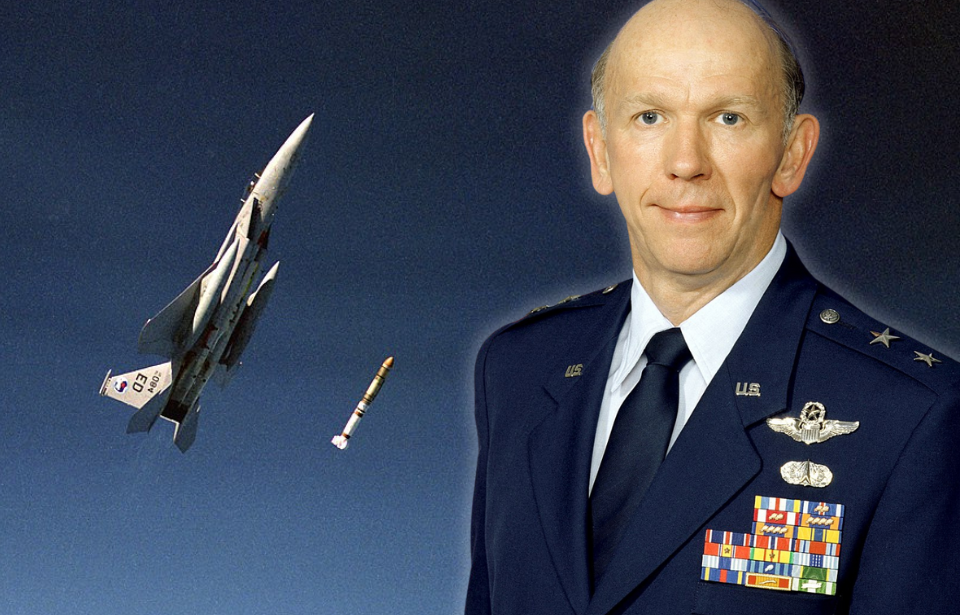The Space Race created fears of nuclear-armed satellites
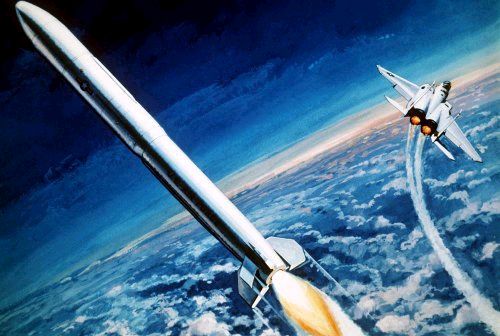
During the Space Race, the Soviet Union developed a robust program capable of placing very small reconnaissance satellites into orbit, to keep track of the whereabouts of US military forces. Despite America being ahead of the Soviets in terms of defense, the country’s government was intimidated by these small satellites, as they nearly completely destroyed the element of surprise when it came to military attacks.
Fears that the Soviet Union would soon place nuclear-armed satellites into orbit caused the US government to begin its own program targeted at destroying Soviet satellites. These fears arose as early as the launch of Sputnik 1 in October 1957, but it would take several decades before an adequate plan was put in place, though many attempts were made.
The need for an anti-satellite (ASAT) weapons program
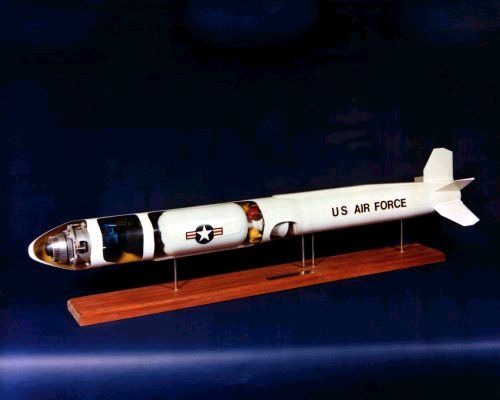
The U.S. created the Anti-Satellite (ASAT) Mission Development and Test Program to guard against the possibility of Soviet satellites carrying nuclear weapons. At the same time, Moscow feared that Washington might secure a decisive edge in the arms race, prompting both sides to develop ASAT weapons in parallel.
Details of Wilbert Pearson’s historic flight

Wilbert Pearson accomplished the historic flight, earning him the title of “ace.” Piloting the McDonnell Douglas F-15A Celestial Eagle, he embarked on the mission to test the ASM-135 ASAT. Starting from Edwards Air Force Base, California, Pearson set course towards the satellite designated for elimination: P78-1, AKA Solwind.
The P78-1 (Solwind) satellite had been launched on February 24, 1979. After several years in orbit, its batteries were running low. By the time of Pearson’s historic flight, the satellite was scheduled to be terminated and chosen as the target for the ASAT test.
The benefits of the McDonnell Douglas F-15A Eagle
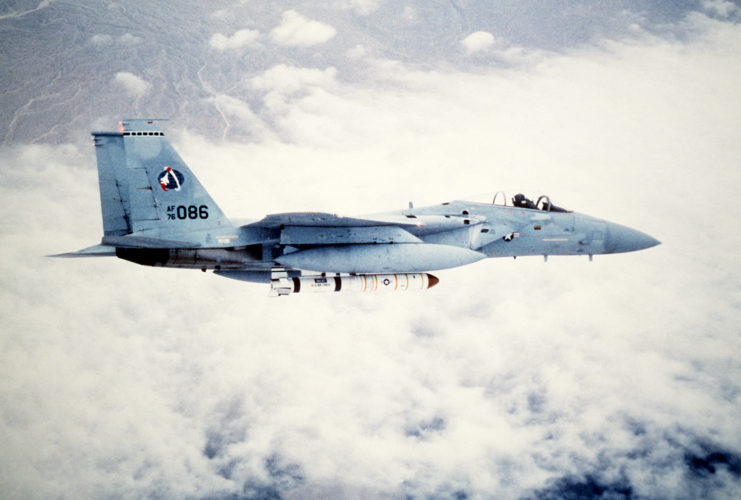
Choosing the right aircraft was critical for this time-sensitive mission. It ultimately came down to the F-15 Eagle. “The F-15 was a real racehorse,” explained Pearson. “We could fly supersonic and we could maneuver it to be in the right kind of a climb, and we could integrate all the required systems into the airplane to communicate with the missile. It could physically hold the ASAT weapon. It was a very large missile so it needed a big enough airplane.”
He further explained how “an F-16 didn’t have the ground clearance; you couldn’t put the missile on the centerline of the airplane and take off with it without hitting the ground. We could take operational F-15A airplanes and with fairly minimal modifications turn those into ASAT-killer airplanes.”
Wilbert Pearson makes the hit
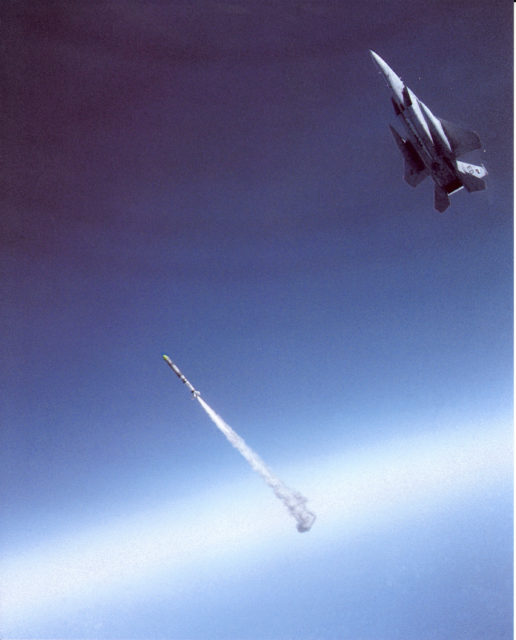
After takeoff, Wilbert Pearson spent three hours climbing to an altitude of 30,000 feet. Activating the afterburners of his F-15A Eagle, he accelerated to Mach 1.3 and maneuvered the aircraft into a steep 60-degree climb. Slowing to Mach 0.96, he prepared for the missile launch as the countdown began. At zero, he pressed the “pickle button” to release the ASM-135 ASAT missile, sending it hurtling toward the P78-1 (Solwind) satellite.
Recalling the experience, Pearson remarked, “it was just a beautiful sight to see the missile suspended there and the flame come out of the rocket motor. And then it took off like a bandit.” However, he had no way to visually confirm the missile’s success. Instead, he relied on a prearranged code with a control room operator to determine the outcome of the test.
When Pearson contacted the control room, no code was needed to confirm the missile’s success. As soon as the mic activated, he was met with a chorus of cheering and celebration on the other end, announcing that the test was a triumph. For the first time in history, a satellite had been destroyed in space by an aircraft.
The ASAT program ends
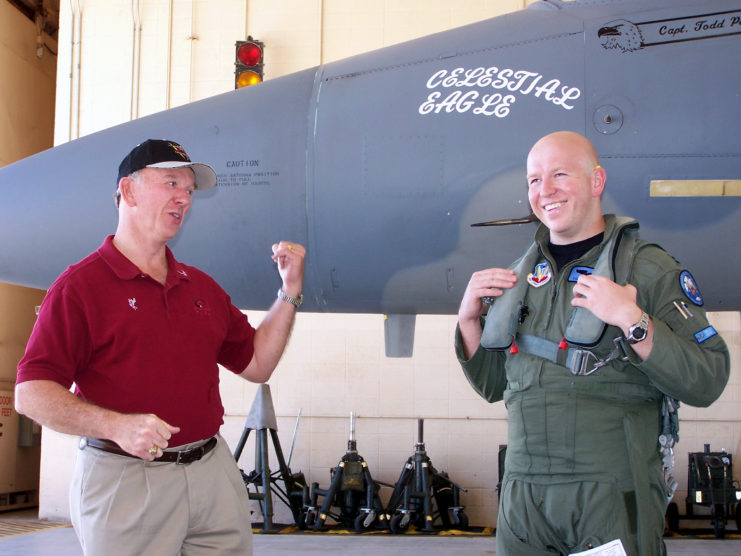
The successful test had a big impact. The Soviet Union perceived it as evidence of America’s capability to target and obliterate satellites in orbit. However, they were unaware of the effort and dedication that had gone into the program. For the Soviets, it probably appeared to be a simple task for the US Air Force.
More from us: North American X-15: The Fastest Manned Rocket Aircraft Ever Developed
